The Puzzle of 'Tabby's Star': 9 NASA Explanations for Star's Odd Dimming
Tabby's Star
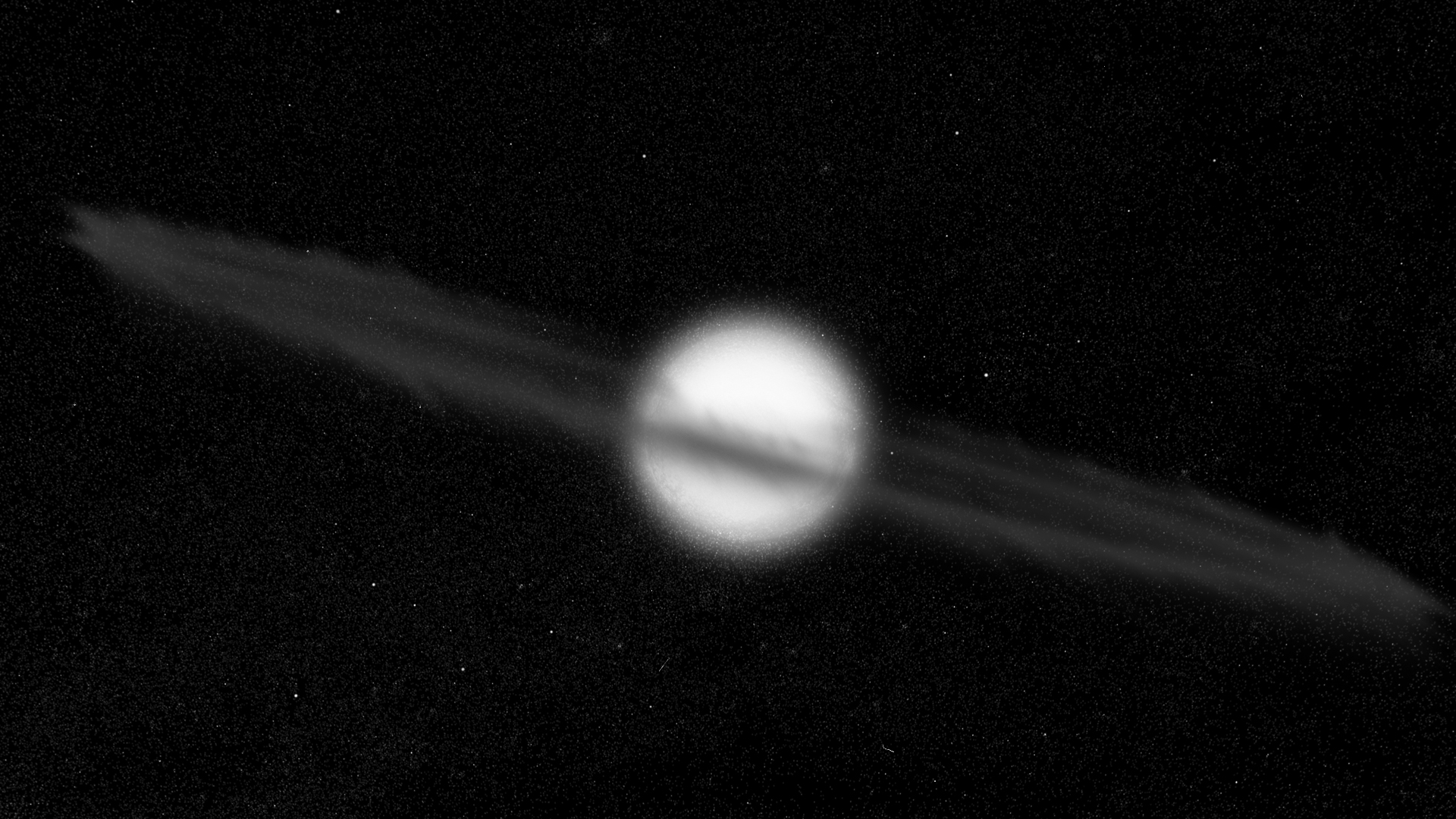
A bizarre cosmic object known as "Tabby's star" exhibits strange dips in brightness, and scientists can't seem to figure out exactly why.
The star — also known as Boyajian's star or KIC 8462852 — is located 1,500 light-years from Earth. It has generated quite a bit of intrigue and speculation since 2015, when data from NASA's Kepler space telescope revealed that the star had an irregular cycle of brightness. In fact, data from 2011 and 2013 showed that the star dimmed by as much as 22 percent for days at a time. "This [dimming] behavior was not something we were looking for or had trained our algorithms to find," Tabetha Boyajian, an assistant professor of astrophysics at Louisiana State University who led the team that first detected the star's fluctuations, said in a statement from NASA.
Scientists have tried to explain the star's weird behavior with hypotheses ranging from swarms of comets to alien megastructures. Here's a rundown of NASA's possible explanations.
Surrounded by dust
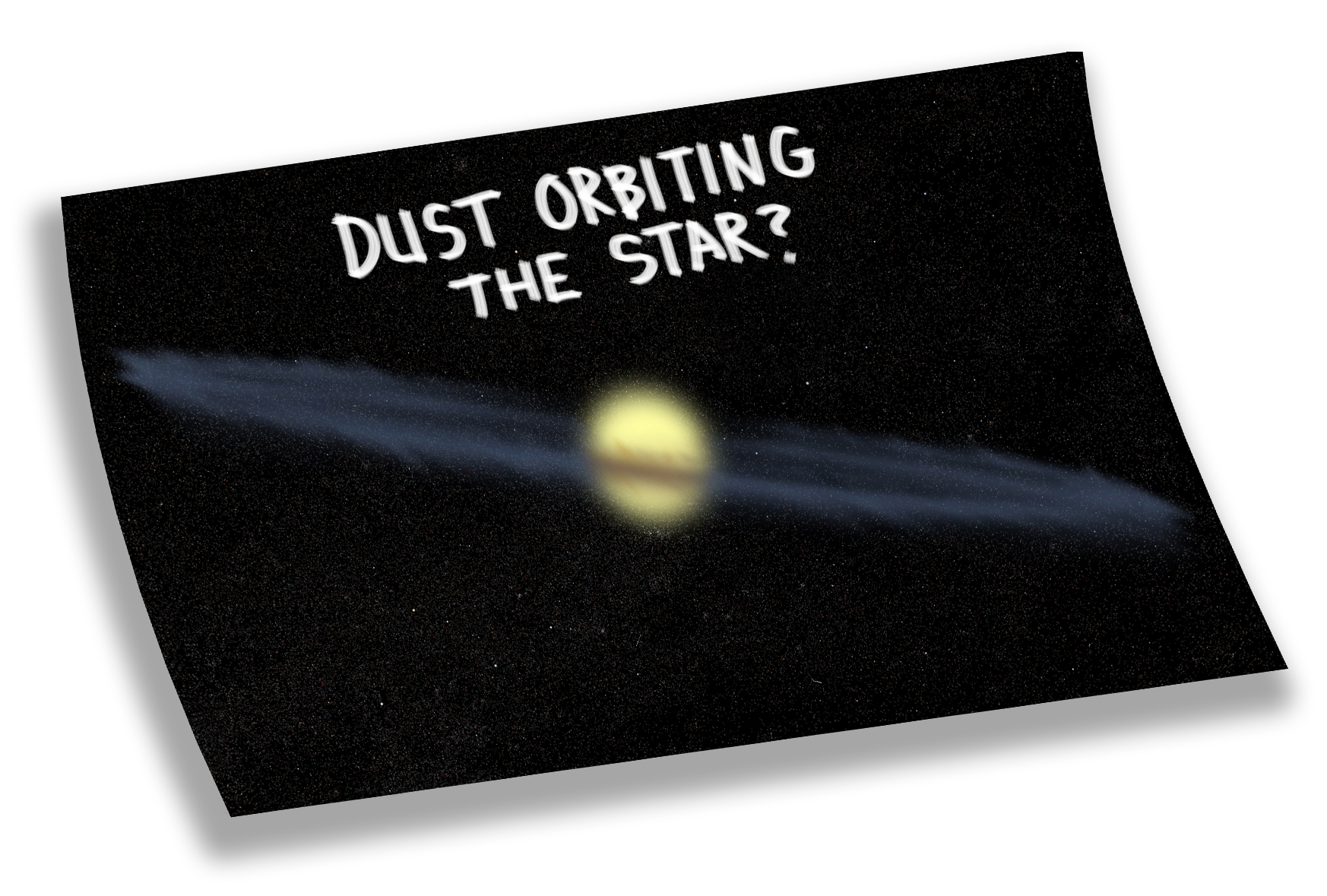
Recent studies have shown that the unusual dips in the object's brightness are likely caused by dust surrounding the star. New data from NASA's Spitzer and Swift space telescopes revealed that the star's dimming was more pronounced in ultraviolet than infrared light, suggesting that any particles surrounding the star could not be any larger than a dust grain (which infrared radiation can penetrate). Otherwise, the dimming would appear uniform across all wavelengths, astronomers have said.
Ringed planet & asteroid clusters

Another study has suggested that a ringed planet and clusters of asteroids orbit the star, causing the strange dimming behavior. In fact, monitoring a star's changing brightness as seen from Earth is a common technique (called the transit method) for detecting exoplanets. In theory, when a planet passes in front of its parent star, observers on Earth would see a temporary dip in brightness.
However, scientists have said that the dips in brightness seen from Tabby's star are far too substantial to be caused by an orbiting planet.
Ravenous star
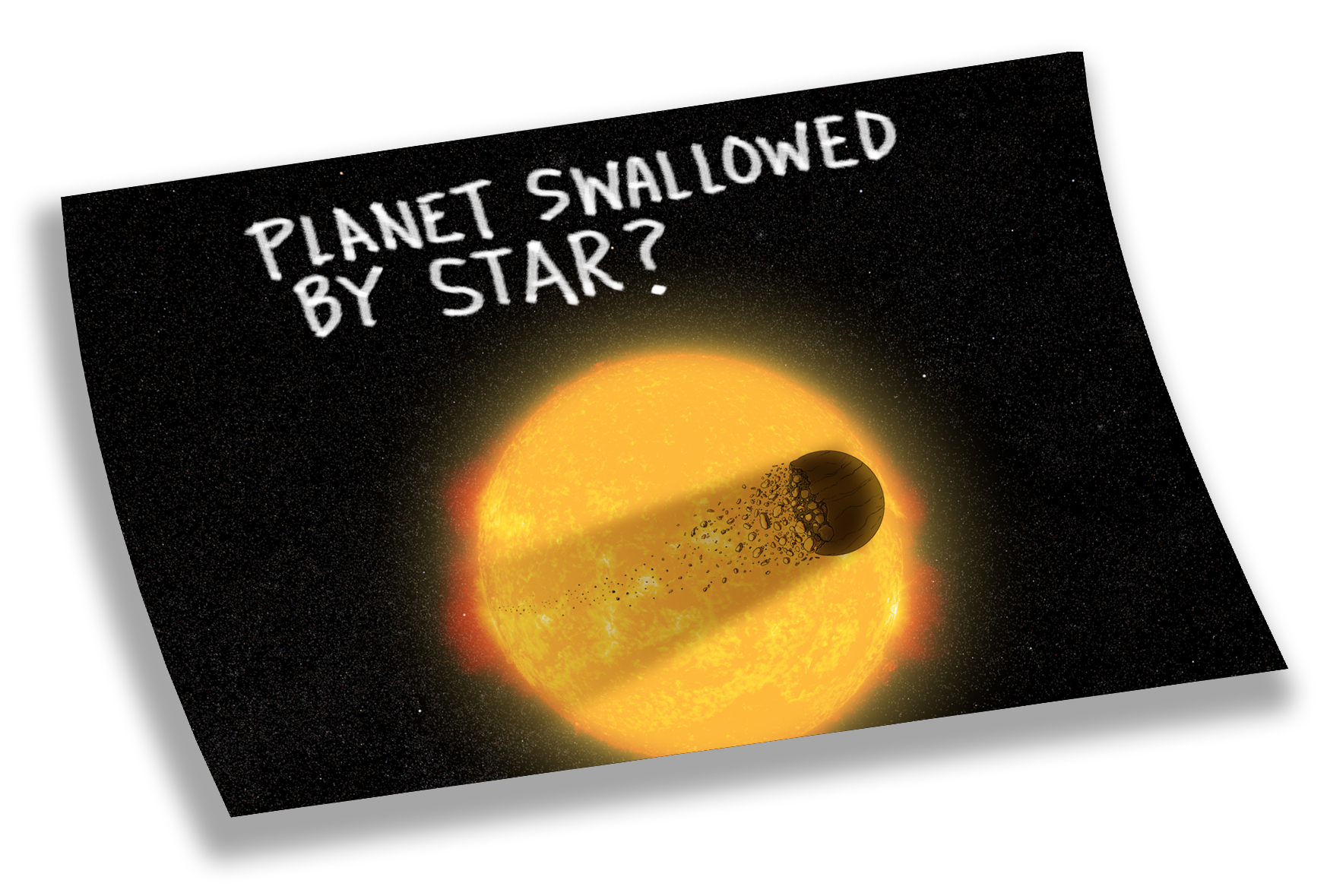
One other possible explanation for the dramatic change in brightness is that Tabby's star is tearing apart and swallowing a planet. A similar behavior has been seen in some stars that have given birth to Earth-like rocky planets only to devour them later.
Scientists have developed a method for detecting planet-eating stars using their chemical signature. When a rocky planet plunges into a star, it leaves traces of particular elements, which absorb light in different ways. By looking at the wavelengths of light or spectra of a star, scientists can determine the abundance of certain elements that star contains and determine whether it gobbled up a planet.
Swarm of comets
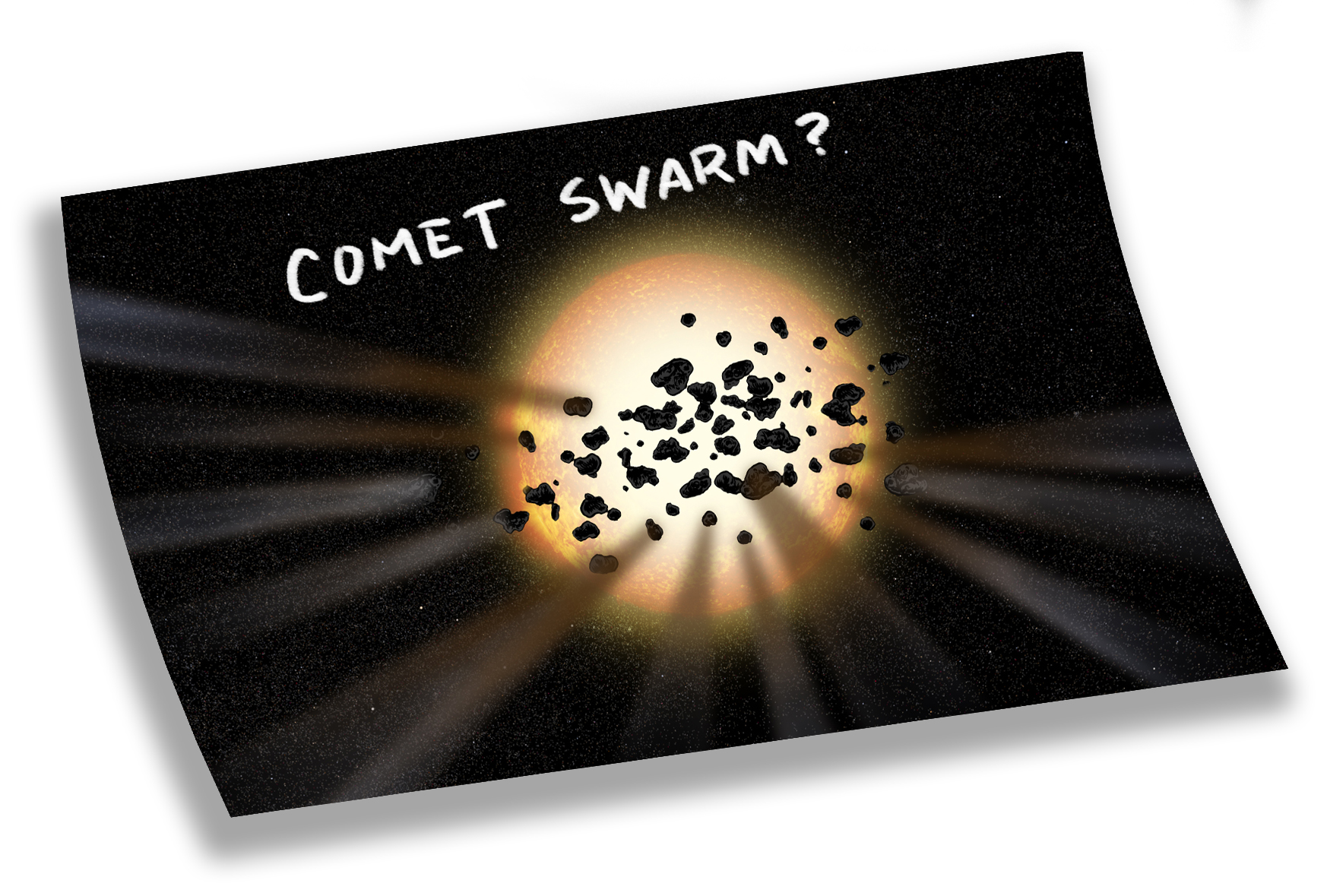
Scientists have hypothesized that the changing brightness of KIC 8462852 could be due to hundreds of comets passing in front of the star. A large swarm of rocky debris orbiting the star could block enough light and cause the unusual dimming.
However, scientists have not found enough evidence to support this idea. In fact, if a storm of comets were pelting Tabby's star, NASA's Spitzer telescope would likely be able to detect some infrared radiation emitted by the dust and debris. But no excess infrared radiation has been found to date, scientists say.
Triple-star system
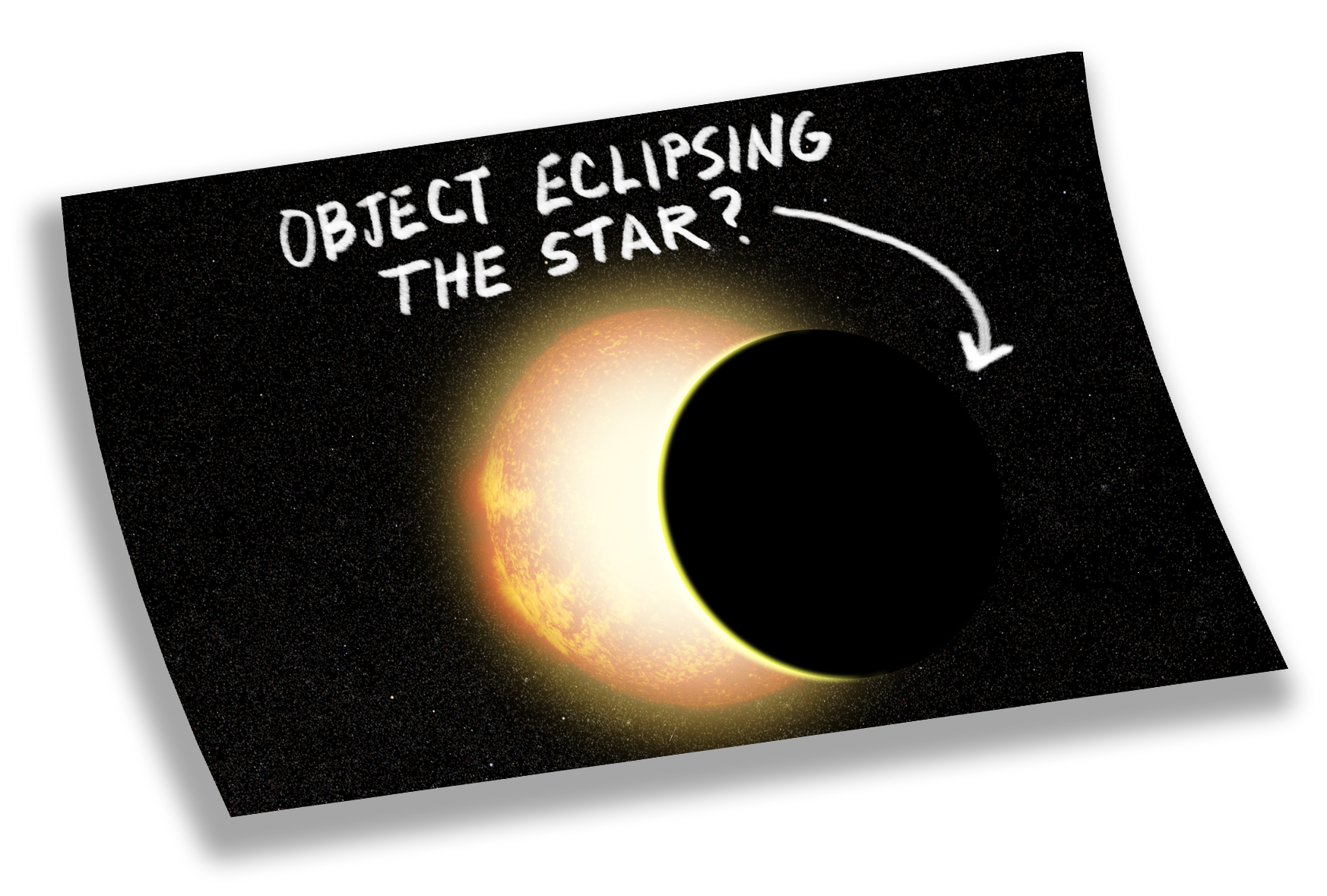
Many explanations have focused on some sort of large object (possibly a planet) orbiting the star. The Kepler space telescope was designed to look for changes in brightness around stars, as this type of behavior often indicates that an exoplanet may be crossing the face of its star, like a mini-eclipse.
However, a planet alone would cause only a small, but observable, decrease in brightness. Instead, scientists have proposed that a larger, star-size object could orbit Tabby's star, causing the dramatic dips in brightness. Multistar systems have been found in the universe — but if this were the case for Tabby's star, its orbiting companion star would exert an obvious gravitational force, and scientists have found no evidence of that to date.
Stellar Burn-Out
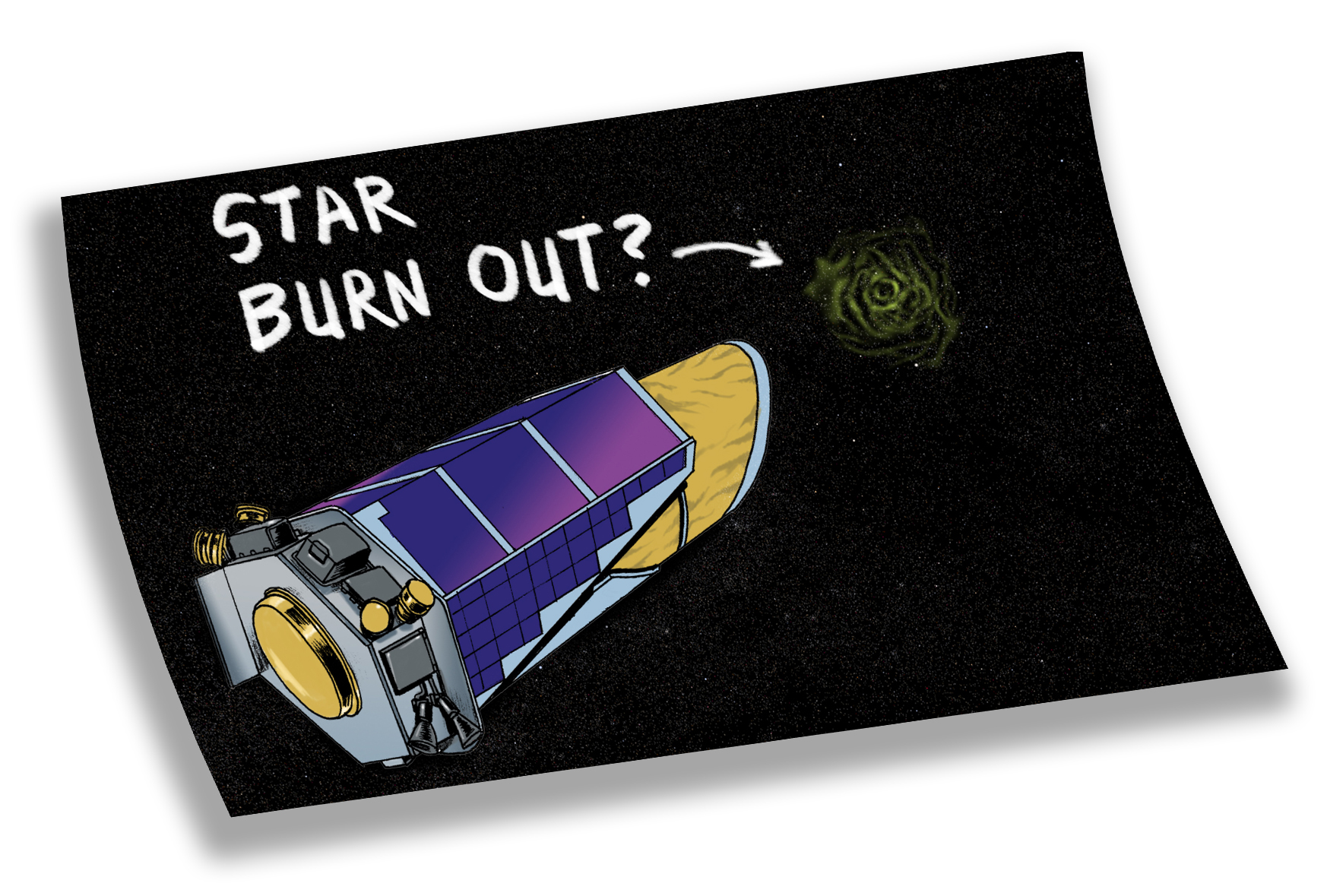
Aside from the irregular patterns of long-term dimming, Tabby's star is a normal F-type star — slightly larger and hotter than Earth's sun — that is fusing hydrogen into helium in its core. Eventually, when the star runs out of hydrogen, it will fuse helium and other heavier elements until it runs out of fuel altogether.
However, scientists have found evidence suggesting that the star is nowhere near the end of its life; rather, KIC 8462852 is at an age where it should be gradually brightening, not growing fainter.
Magnetic Activity

Since the drastic changes in brightness at Tabby's star are considered far too substantial to be caused by planets or dust crossing the star's face, scientists decided to focus on the internal workings of the star, rather than possible structures in its surroundings. One study suggested that the strange dimming could be the result of avalanche-like magnetic activity within the star.
A star's magnetic field can undergo a sudden, major shift. In fact, once every 11 years, the sun's magnetic field reverses its polarity at the peak of the star's solar cycle. A similar situation could explain the fluctuations in light from Tabby's star. However, data shows that the star has dimmed over the course of a century, making avalanche-like activity an unlikely source of such progressive darkening, scientists have said.
Instrument glitch
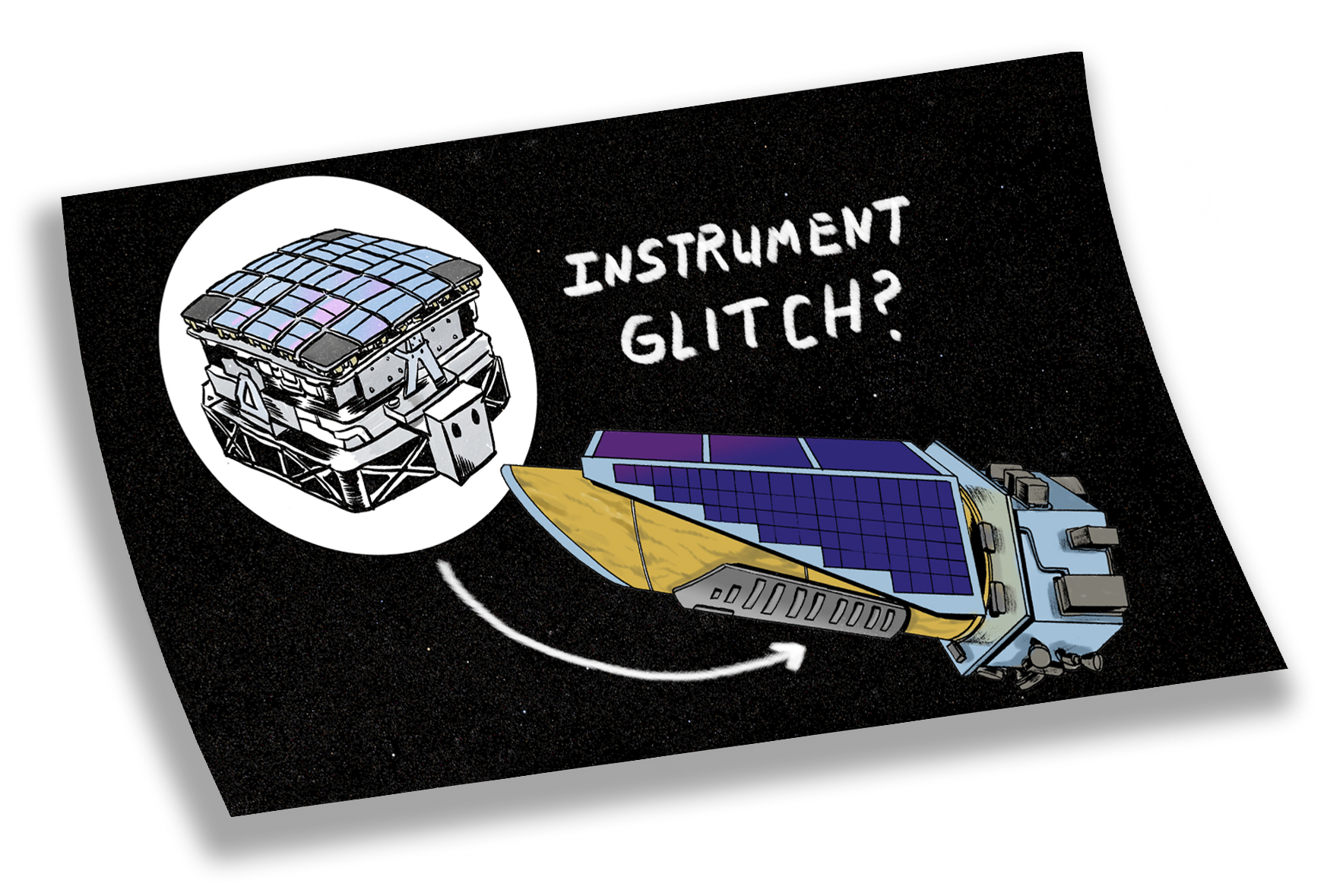
One simple explanation for the irregularities in this particular star would be a glitch in the Kepler space telescope. However, scientists have ruled out this possibility, because data from the probe is the same, regardless of which of the telescope's detectors were observing the star, according to a statement from NASA.
Furthermore, "the enormous drops in brightness were already visible in every single pixel attributed to this star in the Kepler images. Usually, all those pixels need to be added together and the total brightness of a star measured in order to detect a change; if any pixels belonging to another star are mistakenly included, this can create a false positive. That was clearly not the case here," NASA officials said in the statement.
Alien Megastructure
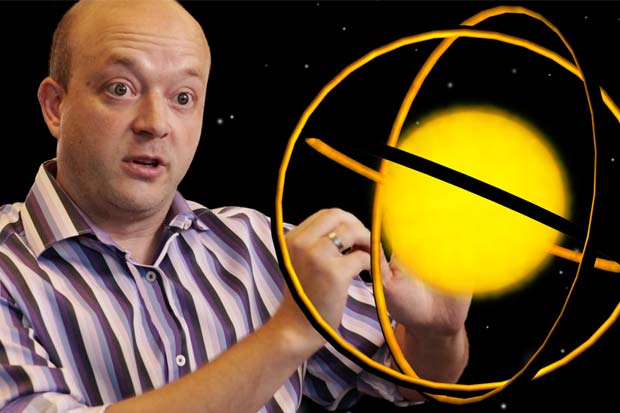
Possibly the most exciting idea surrounding Tabby's star is that the strange dips in brightness are the result of a Dyson sphere — a massive, hypothetical structure built by an advanced alien civilization to collect as much energy from its star as it can. However, using new data from NASA's Spitzer Space Telescope and the Swift mission, scientists have ruled out the presence of an alien "megastructure" around KIC 8462852. Instead, it is now believed that any objects surrounding the star would be no bigger than a grain of dust.
So, which NASA hypothesis do you think best explains the weird dimming observed from Tabby's star? Share your thoughts here in our comments section below. You can also follow the investigation and get updates online with the hashtag #TabbysStar.
Follow Samantha Mathewson @Sam_Ashley13. Follow us @Spacedotcom, Facebook and Google+.
Join our Space Forums to keep talking space on the latest missions, night sky and more! And if you have a news tip, correction or comment, let us know at: community@space.com.
Get the Space.com Newsletter
Breaking space news, the latest updates on rocket launches, skywatching events and more!

Samantha Mathewson joined Space.com as an intern in the summer of 2016. She received a B.A. in Journalism and Environmental Science at the University of New Haven, in Connecticut. Previously, her work has been published in Nature World News. When not writing or reading about science, Samantha enjoys traveling to new places and taking photos! You can follow her on Twitter @Sam_Ashley13.
